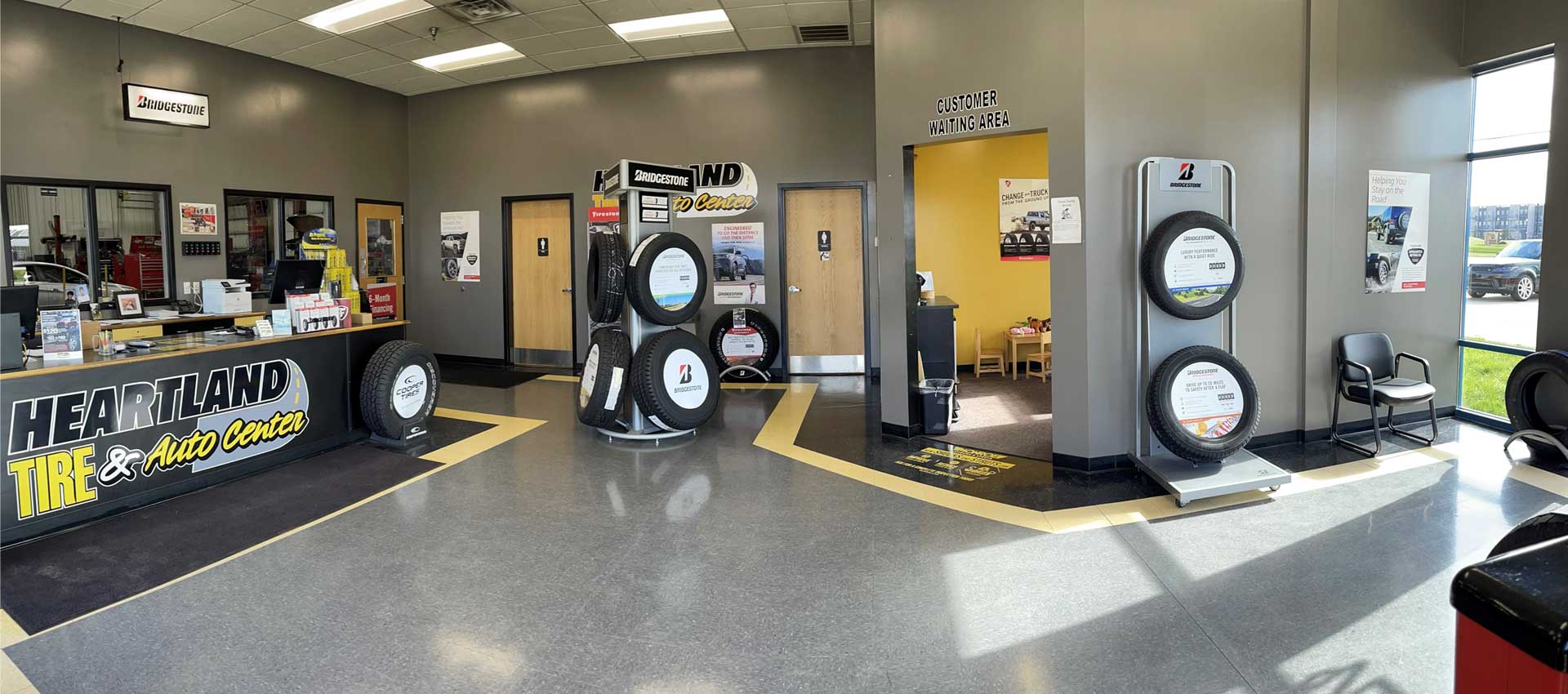Tire Service: The Influence of Weather
When it pertains to guaranteeing ideal performance and safety and security when traveling, comprehending the impact of weather on tire solution is crucial. From scorching warmth to icy roadways, each weather condition component can considerably influence tire performance and general driving experience. By diving into the effects of varying weather on tires, vehicle drivers can get useful understandings that might enhance their automobile's performance and longevity. In this discussion, we will explore the detailed connection between weather condition conditions and tire service, losing light on the value of weather-specific tire maintenance practices and considerations.
Warmth and Tire Efficiency
When exposed to high temperature levels, tires experience changes in performance that can significantly influence vehicle safety and handling. The warmth produced from long term driving or heat problems causes the tire rubber to soften, resulting in minimized tread life and increased wear. As the rubber becomes softer, the tire's grasp on the road reduces, affecting stopping ranges and total grip. In extreme situations, extreme warmth can even trigger tire blowouts, posing a serious security threat to the lorry and its owners.
Furthermore, high temperature levels can speed up the process of tire aging, causing the rubber to degrade much more rapidly. To reduce the effects of warm on tire efficiency, drivers ought to frequently inspect their tire pressure, revolve tires to ensure even use, and examine for any type of indications of damage.
Cold Weather Effects
Cold weather condition problems can have a considerable effect on tire efficiency and security. As temperatures decline, tire rubber can harden, leading to decreased grip on icy or snow-covered roadways. In winter, tires might likewise shed air stress more rapidly, which can affect dealing with and gas performance. In addition, cold temperature levels can trigger tire sidewalls to tense, enhancing the danger of damages from pits or other roadway threats.
To mitigate the impacts of winter on tires, it is vital to on a regular basis examine tire stress and inflate them to the producer's advised levels. Utilizing wintertime or all-season tires designed for cold weather condition conditions can additionally enhance grip and hold on icy or snowy roadways - morris tire and alignment. Correct tire maintenance, including regular inspections for wear and damage, ends up being much more important during chillier months to ensure ideal performance and safety and security
Rainy Conditions Impact
Tires with worn-out treads are more prone to hydroplaning, where a layer of water develops up in between the road and the tire surface area, leading to loss of traction. To fight this, chauffeurs should regularly inspect their tires for adequate tread depth and take into consideration investing in tires particularly created for damp conditions.

Snow and Tire Security
Snow-covered roadways position unique challenges for chauffeurs, stressing the significance of appropriate tire selection and upkeep. When driving in snowy conditions, having the best tires can make a significant distinction in safety and security and efficiency. Wintertime tires are designed important site with unique rubber substances and step patterns to offer much better grip on snow and ice contrasted to all-season tires. The much deeper treads and sipes of winter season tires help hold the road much better, minimizing the threat of gliding and slipping.
Along with utilizing winter months tires, it is essential to guarantee they are properly pumped up. Cold weather condition can trigger tire pressure to drop, impacting grip and handling (tires morris il). Routinely examining and maintaining the proper tire stress is necessary for ideal efficiency in snowy conditions

Weather-Related Tire Maintenance
Weather-related tire maintenance includes a range of techniques intended at making certain ideal tire function and longevity in various weather condition situations. One vital element of weather-related tire maintenance is visit our website tire pressure regulation. Inspecting tire tread frequently and replacing tires when tread wear gets to a particular depth is vital for maintaining traction and security in damaging climate.
Final Thought
Finally, weather condition conditions have a significant effect on tire performance and security. From warmth affecting tire stress and wear to cool weather reducing traction, it is vital to think about the weather condition when keeping and making use of tires. Wet conditions can lower hold and bring about hydroplaning, while snow can increase the danger of mishaps if tires are not correctly geared up. Weather-related tire upkeep is crucial in guaranteeing optimal performance and safety on the roads.
In this conversation, we will certainly explore the elaborate connection between weather problems and tire service, losing light on the importance of weather-specific tire maintenance methods and factors to consider.
